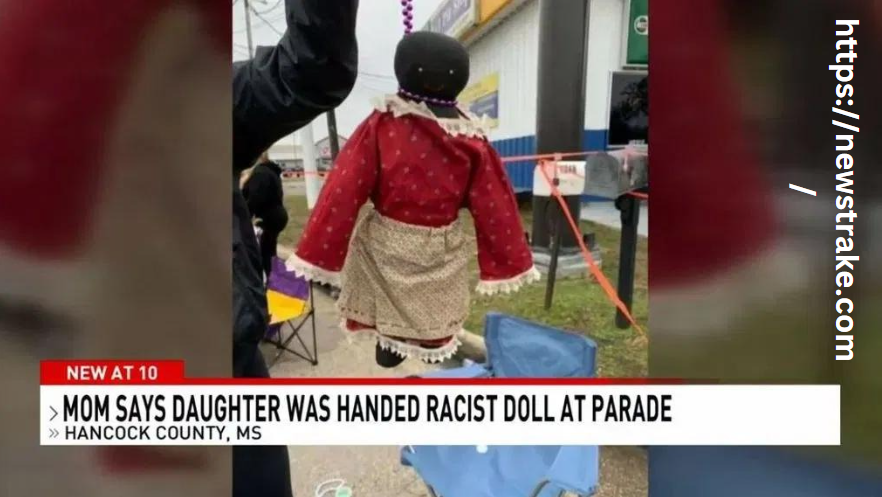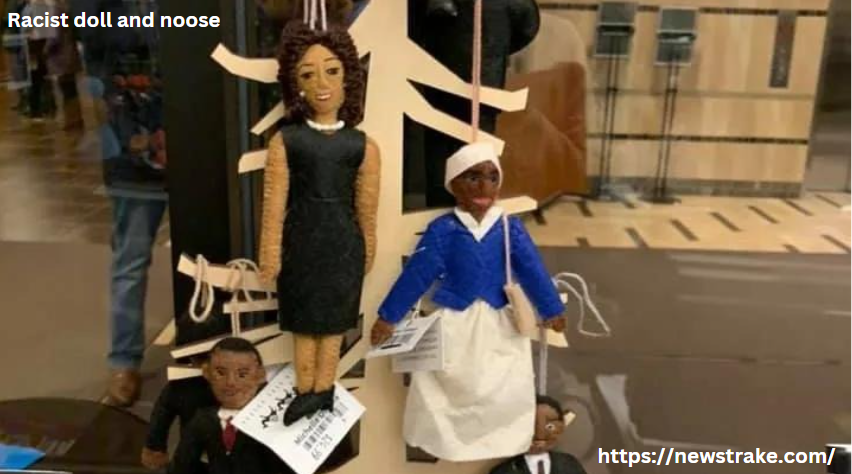Introduction to Racist Doll and Noose
In recent years, the discovery of racially charged artifacts has sparked outrage and conversation about the persistent presence of racism in our society. One such shocking discovery involves a racist doll and a noose, shedding light on the dark underbelly of discrimination and hatred. This article delves into the origins, implications, and reactions surrounding this troubling incident.
Define the Issue
The racist doll and noose represent symbols of racial animosity and oppression. They serve as stark reminders of the systemic racism that continues to plague communities worldwide.
Relevance and Importance
Understanding the significance of this event is crucial in confronting and dismantling racial prejudices. By examining its historical context and contemporary implications, we can work towards creating a more inclusive and equitable society.
Historical Context
Legacy of Racism
The history of racism is deeply ingrained in the fabric of many societies, stemming from centuries of colonialism, slavery, and discrimination. The racist doll and noose are manifestations of this long-standing legacy of oppression.
Symbolism
Both the doll and the noose have deep-rooted symbolic meanings. The doll represents dehumanization and racial caricature, while the noose symbolizes violence, lynching, and racial terror.

Discovery and Controversy
Uncovering the Artifacts
The racist doll and noose were discovered in a historical context, prompting immediate outrage and condemnation. Their presence reignited discussions about racial injustice and the need for systemic change.
Public Reaction
The discovery sparked widespread outrage and calls for accountability. Many demanded thorough investigations and swift action to address the underlying issues of racism and discrimination.
Social Implications
Impact on Communities
The presence of racially charged artifacts has profound effects on affected communities, causing feelings of fear, anger, and vulnerability. It serves as a stark reminder of the ongoing struggle for racial equality.
Conversations on Racism
Incidents like these fuel important conversations about race, privilege, and power dynamics. They provide opportunities for education, reflection, and collective action against discrimination.
Addressing Systemic Racism
Accountability and Justice
Efforts to address systemic racism require accountability and justice for affected communities. This includes holding individuals and institutions responsible for perpetuating racist ideologies and behaviors.
Education and Awareness
Promoting education and awareness about the historical and contemporary manifestations of racism is essential in combating prejudice and discrimination. This includes curriculum reforms, diversity training, and community outreach initiatives.
FAQs about Racist Doll and Noose
1. Are racist dolls still being manufactured today?
- While the production of overtly racist dolls has decreased, there are still instances of racially insensitive toys being marketed.
2. How can I ensure the toys I buy for my children are not perpetuating racial stereotypes?
- Look for toys that represent diverse cultures and perspectives. Research the company’s values and commitment to diversity.
3. What should I do if I come across a toy that I believe is racially insensitive?
- Contact the manufacturer and express your concerns. Share your findings on social media to raise awareness.
4. Why is it important for children to have access to diverse toys?
- Exposure to diverse toys promotes empathy, understanding, and acceptance of different cultures and backgrounds.
5. What role can parents play in combating racism in children’s toys?
- Parents can educate their children about racism, engage in discussions about diversity, and advocate for inclusive toy options in the market.
6. Is the racist doll still being manufactured today?
No, the production of racist dolls ceased decades ago, but their impact on society continues to be felt.
7. How can we educate others about the history of racism?
Educational initiatives, such as school curriculum reforms and community workshops, play a crucial role in raising awareness about the history of racism.
8. What can individuals do to combat racism in their daily lives?
Individuals can combat racism by actively challenging stereotypes, promoting inclusivity, and supporting organizations and initiatives that work towards racial justice.
Conclusion
The discovery of the racist doll and noose serves as a sobering reminder of the enduring legacy of racism and discrimination. It underscores the urgent need for systemic change and collective action to create a more just and equitable society for all.
